When Labrador enthusiasts get together, one surefire way to spark a spirited discussion is to bring up the fascinating topic of silver Labs! These unique canines are essentially chocolate Labs, but with a special twist – their fur color is diluted by a gene, creating a striking pale grey shade instead. It’s a feature that sets them apart and ignites excitement among fans of the breed.

Silver Lab Phoebe – authorized by Courtney Woods Carr The origin and presence of the silver gene in Labs has sparked debate for years. In this article, I will explore the evidence and shed light on this contentious issue surrounding the silver Lab! What are the characteristics of silver Labs? Understanding the dilute gene Unraveling the controversy of silver Labs! The pros, cons, and tips for buying Whether you view the Silver Lab as a problem or a joy, you will discover plenty of insights here and are encouraged to share your thoughts in the comments below. Let’s delve into the facts first and then delve into the discussion.

Meet Emma, a delightful addition to our family who we adopted when she was just 12 weeks old. Let’s talk about the Dilute Gene, which affects the color of Labrador Retrievers. According to the American Kennel Club, the only recognized colors for Labs are yellow, black, and chocolate. Variations such as cream, white, fox-red, champagne, charcoal, and silver are not officially recognized by the AKC. However, these colors are still found in the breed, with cream, white, and fox-red being considered variations of the yellow Lab.

Meet the stunning Ace, who is now 16 weeks old, all thanks to Brian for bringing him into our lives. The three unique colors that Ace possesses are not your typical shades. Champagne is a softer version of yellow, charcoal is a muted black, and silver is a lighter version of chocolate. The gene responsible for diluting coat colors is found in various animals, such as dogs, cats, and rabbits. The American Kennel Club (AKC) even acknowledges several dog breeds that exhibit diluted colors, like the Weimaraner and the Chesapeake Bay Retriever.

Silver Labrador Retrievers are known for their playful nature! Photo by Darren Hafner. Labrador Retrievers are not recognized as a breed where the dilution gene is accepted. Despite this, the AKC permits silver Labs to be registered, but only as chocolate Labs. This decision has sparked frustration among Labrador enthusiasts who argue that silver Labs should not be classified as purebred dogs. They believe that by allowing them into the breed registry, it has led to the widespread breeding and increase in numbers of silver Labs throughout the United States.
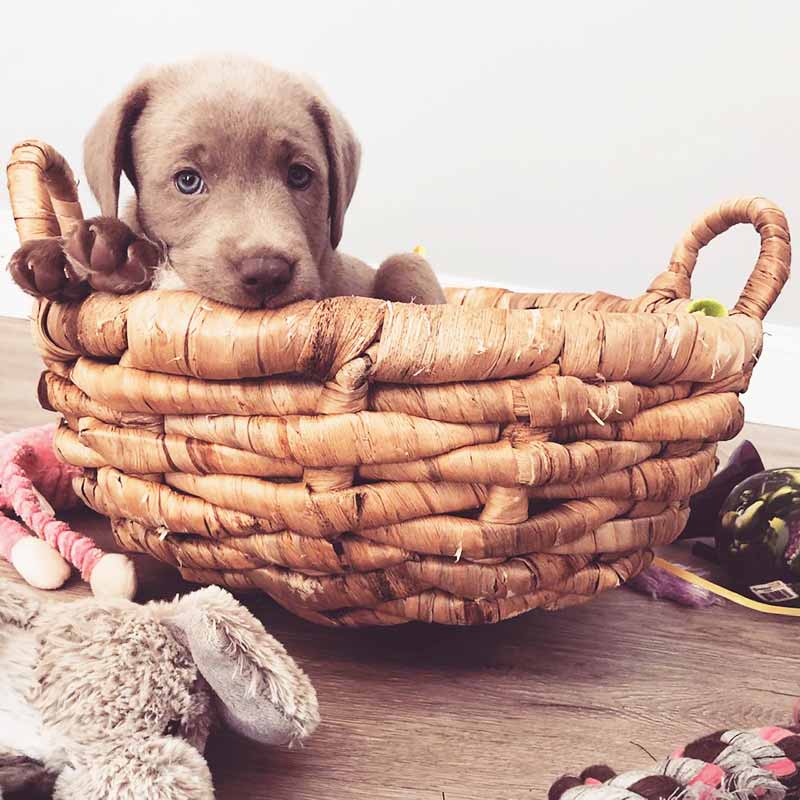
Silver Lab Poppy is known for her ability to quickly bond with new friends, which she attributes to her positive experiences meeting people from all walks of life. Photo credit goes to Alison Hanks. While there are differing opinions on the ethics of breeding and registering Silver Labs, let’s take a closer look at the facts as they currently stand. Starting with the genetics, we’ll explore how the silver fur variation occurs in chocolate Labs. To understand how the dilution gene works, it’s important to consider the B and E genes that determine the coat color of the three standard Labs. The gene responsible for diluting chocolate fur to silver is known as the D gene, which acts as a genetic switch. Dogs with dilution genes inherit a pair, one from each parent, with two variations – Big D and little d.

Meet the adorable silver Lab puppy named Lola! When it comes to Labradors, there are three possible genetic combinations they can inherit: DD, Dd, or dd. In order for a Labrador to have a silver coat, they must have the dd combination, as the dominant DD gene suppresses the dilution caused by the little d gene. If a Labrador has just one little d gene, they will have a normal chocolate coat but can pass on the dilution gene to their offspring. Unlike some dog breeds like Weimaraners, Labradors typically do not have the dilute coat gene, making Lola truly unique and special.

This leads to several inquiries, such as: When did the dilute gene first emerge in Labradors? How was the dilute gene introduced to the Labrador breed? Should silver Labs be officially recognized as purebred dogs? We will delve into these questions shortly. However, let’s first consider what you and your family should expect if you choose to bring home a silver Lab puppy. What Are the Characteristics of Silver Labradors? Silver Labs are wonderful family pets. They require ample physical activity and thrive in an outdoor environment. Like all Labradors, silver Labs can be quite lively and energetic in their youth, which may not be the best fit for toddlers or individuals who are unsteady on their feet. However, an older, more composed rescue Lab can be an ideal companion for young children.
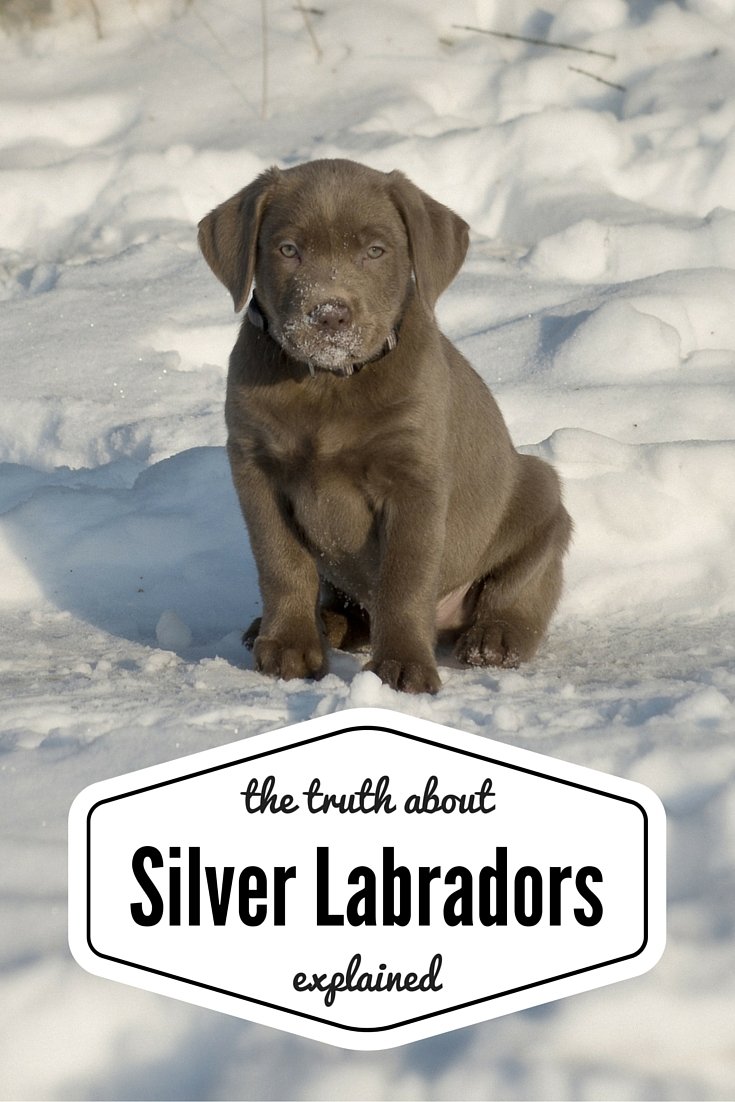
Labradors are known for their friendly and sociable nature, making them great companions that thrive on human interaction. This means that your silver Lab will likely be happiest in a household where there are people around for a good part of the day. If you’re someone who values pristine carpets and delicate furnishings, a Lab might not be the ideal pet for you as they are known to shed quite heavily at times. In terms of size, silver Labs typically fall within the size range of a chocolate Lab since they are essentially a variation of the breed. The average height for a male Lab is around 24 and a half inches, while females tend to be about an inch shorter. However, individual dogs may vary a few inches either way. Body weight can vary greatly depending on whether the silver Lab belongs to the American or English group. American Labs, bred for hunting and retrieving, are typically slimmer and taller, while English Labs seen in show rings are chunkier. On average, male Labs weigh around 70lbs, with females being about 10lbs lighter. However, there can be as much as a 20lbs difference on either side of these averages.
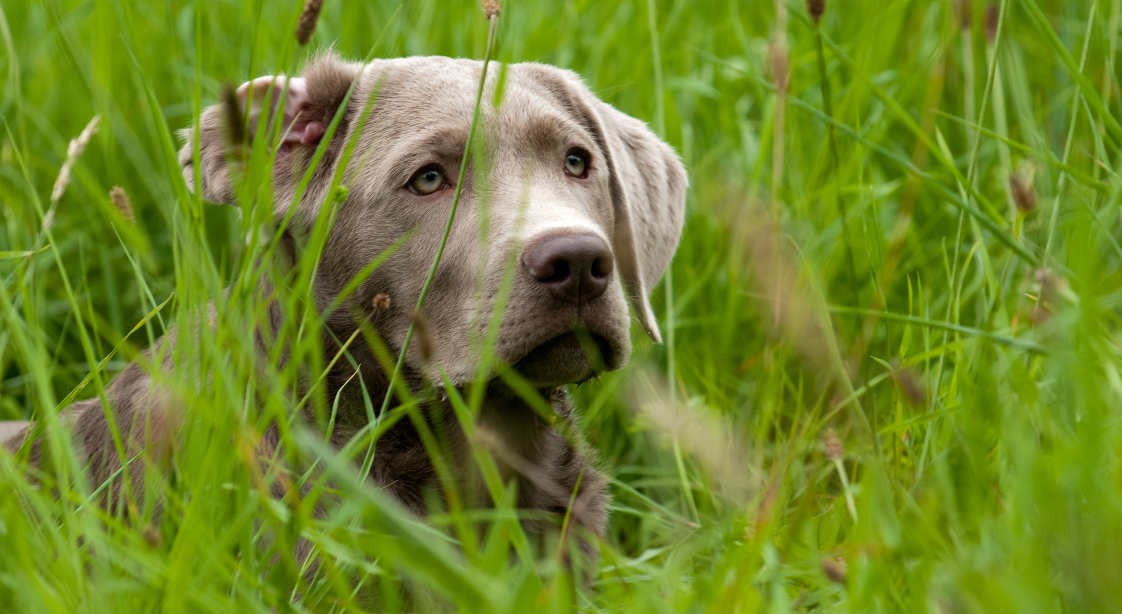
Are silver Labs considered rare? In some countries, silver Labs are considered rare due to being a relatively new color variation. The registration of silver puppies is not widely accepted, contributing to their rarity. Various national kennel clubs and breed clubs have shared their stance on silver Labradors, which can be found in statements released by organizations like the National Labrador Retriever Breed Council of Australia and The New Zealand Kennel Club. Even in the United States, silver Labs are not as common as the traditional black, yellow, or brown Labs, making them harder to come by. This rarity can impact the price of silver puppies, with costs typically starting at around $1000. It’s important to remember that the initial purchase price is just one aspect to consider when owning a silver Lab; medical insurance and other long-term expenses should also be factored in. Criticism of the perceived high prices of silver Labs is not unique to this specific breed, as similar objections are often raised in the dog breeding community. Breeders of Labradoodles, Cockapoos, and other designer breeds also face similar accusations of overpricing.

Numerous reputable dog breeders are opposed to the idea of charging exorbitant prices for crossbred dogs, with some considering the silver Labrador Retriever as a mixed breed. Are silver Labs healthy, you may ask? Well, they do face similar health issues as other purebred Labs, such as joint problems and a tendency to overeat. Research indicates that the average lifespan of a Labrador is around 11 to 12 years, with cancer accounting for 31% of all Labrador deaths. Despite these health concerns, Labs are generally considered a healthy and well-structured breed, unlike some other purebred dogs. However, it is important to note a potential health issue associated with the coat color dilution gene found in silver Labs. The color dilution gene responsible for the distinctive silver coat can sometimes lead to coat problems, particularly a condition known as “color dilution alopecia,” which may result in hair loss and recurring infections in the hair follicles. While this condition is not life-threatening, it is incurable and can impact the quality of life for affected dogs. Although not all silver Labs with the dilution gene will experience skin problems, it is crucial to be aware of this potential health issue when considering this breed. Despite these challenges, the overall health of silver Labs is comparable to that of other purebred Labrador Retrievers. The controversy surrounding silver Labs has stirred up debates among dog enthusiasts, with some individuals vehemently opposed to the breeding of silver Labs. Reports of silver Labs first emerged in the US in the 1950s, with kennels like Culo Silver Labs playing a pivotal role in introducing this unique color variation. The origins of the dilute gene in Labrador Retrievers remain a topic of heated discussion, with theories ranging from mixed breeding to spontaneous mutations or hidden genes. Ultimately, the debate surrounding silver Labs continues to evolve, with differing opinions on whether these dogs are purebred or crossbred. As the popularity of silver Labs grows, it is clear that these unique canines are gradually gaining acceptance within the dog breeding community.
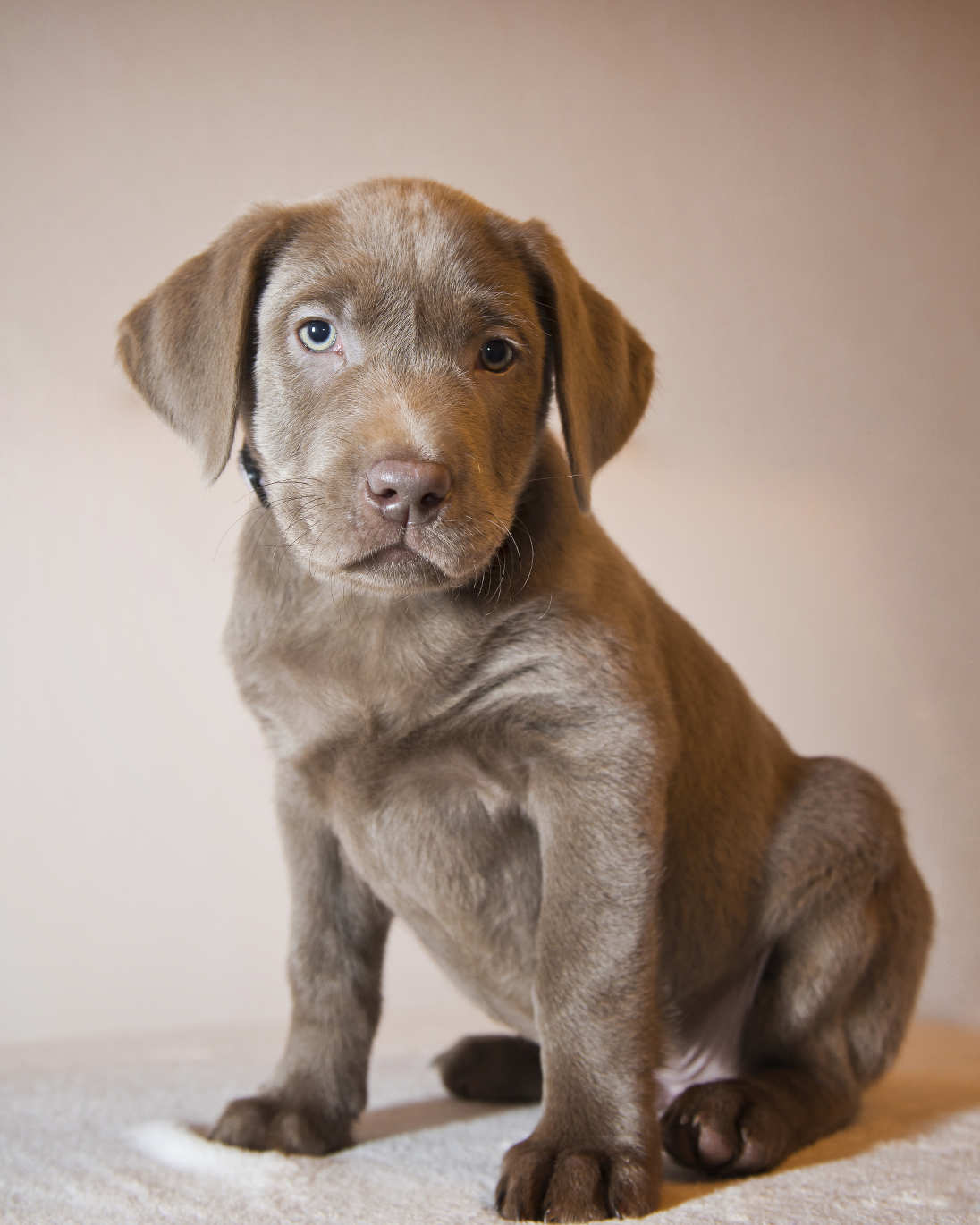
Some people believe that silver labradors should be banned due to suspicions that breeders are creating new color variations for financial gain or attention. Diane Welle from Blue Knight Labs mentions claims that silver labs may be a cross between Labradors and Weimaraners, but there is no concrete evidence yet. She points out that both lines of silver labs can be traced back to Kellogg Kennels, known for breeding pointing Labradors. However, the link to Weimaraners is still uncertain. Despite claims of a houndy look, genetic testing has not confirmed a connection to Weimaraners. Another theory suggests that the dilute gene causing the silver color could be a result of spontaneous genetic mutation, although this is less popular than the breeding theories.
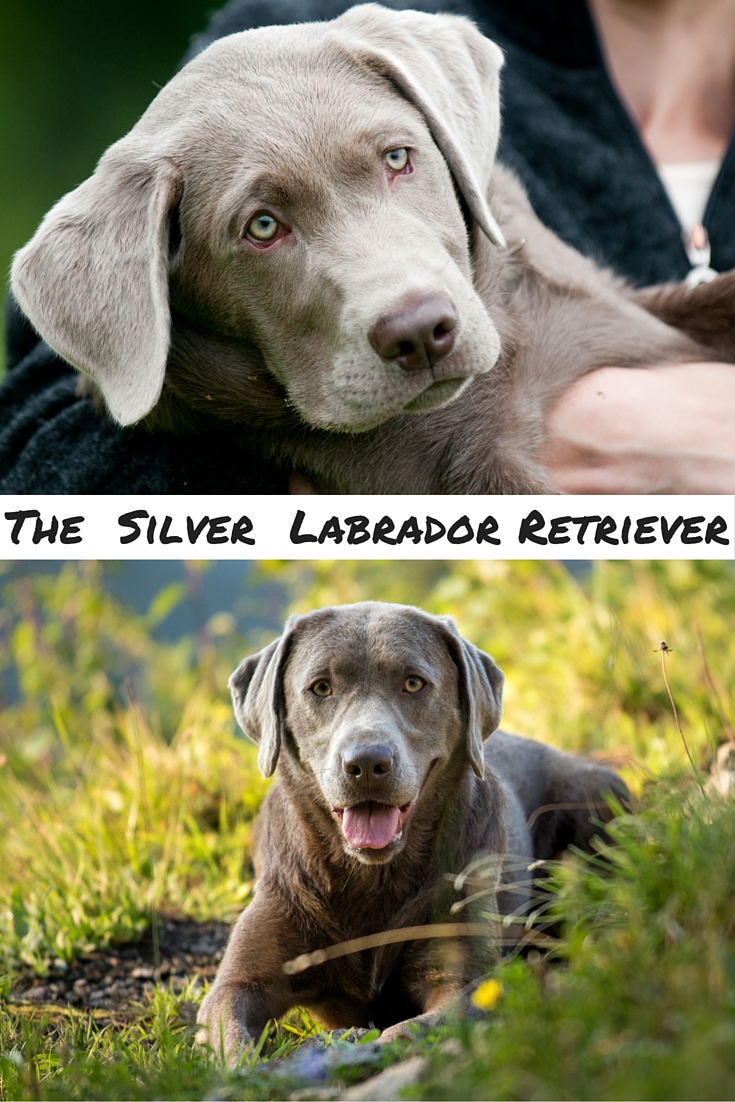
It would be quite a coincidence for a mutation to match exactly with a gene that already exists for an unusual coat color in another breed. Many find it hard to believe that the spontaneous emergence of the dd dilution gene in the Labrador Retriever gene pool is purely by chance. However, it is not completely impossible. There is a belief that the rare dilute gene has always been present in Labradors, only surfacing when closely related dogs were bred, similar to how rare diseases can suddenly appear. The ability of “rare” genes to stay hidden for extended periods is a well-known phenomenon. This theory, explaining the appearance of the silver Labrador in the 1950s, is a plausible alternative to the theory of crossbreeding.
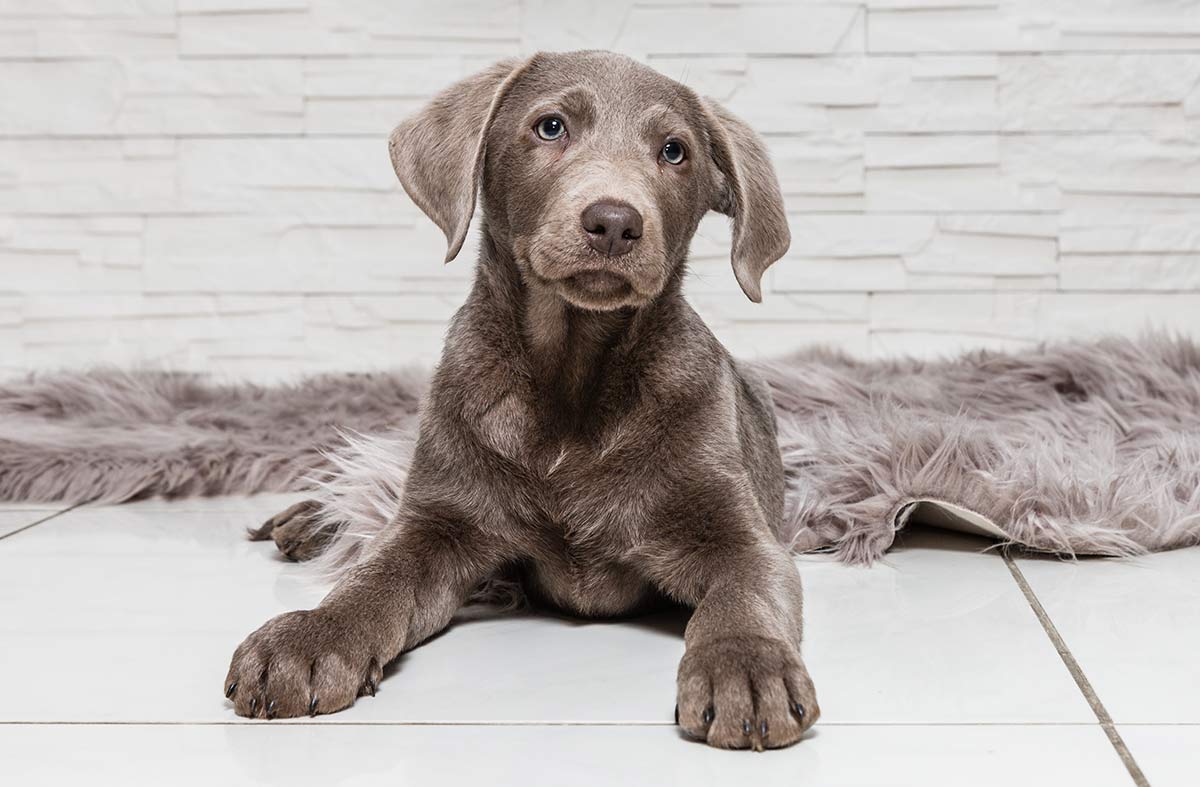
Genes for rare diseases or unique traits can lay dormant for years until they unexpectedly resurface when closely related dogs are bred together. This occurrence is more prevalent in pedigreed dog populations with limited gene pools. A prime illustration of this phenomenon can be seen in the B color gene of Labradors, which determines if a Lab will exhibit a black or brown coat. The brown color, being recessive, requires two copies of the little b gene for a Lab to don a brown coat. Thus, brown Labradors only became prevalent when breeders intentionally mated them together. The American Kennel Club didn’t officially acknowledge Labradors until 1917, implying that prior to that, there could have been interbreeding with other similar breeds like the Chesapeake Bay Retriever, known to carry the dilute gene.

It is quite possible that the “little d” gene from Chesapeake Bay Retrievers made its way into a few Labrador Retrievers before the breed’s pedigree registers were closed. This gene then remained hidden within the breed until resurfacing in the 1950s when the demand for Chocolate Labs was on the rise. Some may question the significance of fussing over a color, wondering why it matters how the silver color got into the Labrador breed. I can somewhat relate to this perspective. In the world of rabbit breeding, new colors are often recognized within established breeds, seen as a positive and exciting development rather than something to fear. So why should it be seen as radical to embrace similar changes in dog breeds? Many Labrador breeders are deeply invested in the future of their breed. Some are concerned about accepting a genetic change without proper thought, viewing it as a threat to the breed’s purity. Inbreeding is also a worry, especially when focusing on a specific color variation within a closed gene pool like pedigree dog registers. Despite concerns, it seems that inbreeding may not be as big of an issue in silver Labs as once thought. With multiple distinct gene lines, the average coefficient of inbreeding is often comparable to other Labrador lines. There are also worries about puppy mills and backyard breeders producing silver Labs irresponsibly. However, responsible breeding practices are becoming more prevalent as silver Labs gain mainstream popularity. When considering the purchase of a silver Labrador puppy, it’s crucial to find a reputable breeder who conducts health tests on the parents. These tests should cover issues like hip dysplasia, inherited blindness, and muscle wasting disease. While owning a silver Lab may come with some downsides, such as criticism from those opposed to the color variation, they also have many positive attributes. Silver Labs are likely to be as healthy, lovable, and trainable as any other Lab. Share your experiences with owning a silver Lab and any encounters with prejudice against their unique coat color. Let’s hear your thoughts and opinions in the comments below!
